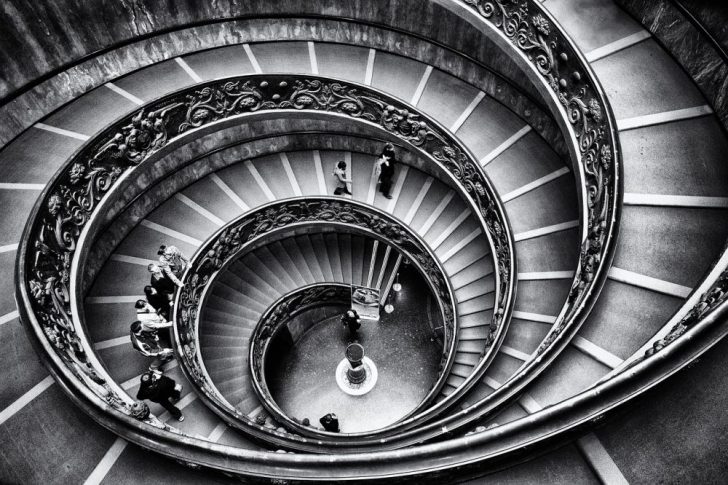Alvar Aalto Architect: A Comprehensive Overview

Introduction: Alvar Aalto Architect and his significant contributions
Alvar Aalto, a renowned Finnish architect and designer, is widely recognized for his influential architectural style and innovative design philosophy. Born in 1898, Aalto crafted a unique approach that seamlessly blended functionalism, humanism, and organic architecture. This article aims to provide a detailed understanding of Alvar Aalto’s architectural principles, the various types of Alvar architecture, their popularity, quantitative measurements of his work, the distinctions between different Alvar architects, and a historical analysis of the advantages and disadvantages associated with Alvar architecture.
Understanding Alvar Aalto Architect: Types and Popularity

Alvar Aalto Architect refers to the architectural style developed and popularized by Alvar Aalto himself. Aalto’s architectural style can be characterized by his emphasis on functionality, harmony with nature, and the integration of human needs and experiences into the design process. His diverse portfolio includes a range of projects such as public buildings, private residences, furniture design, and urban planning. Some of his most notable works include the Paimio Sanatorium, the Viipuri Library, and the Villa Mairea.
The popularity of Alvar Aalto’s architecture can be attributed to his unique design philosophy, which prioritized the well-being and comfort of the users. Aalto believed that architecture should serve as a tool for enhancing the quality of life, and his designs often incorporated natural elements, ample natural light, and a sense of connection to the surrounding environment. His architecture gained international acclaim and influenced subsequent generations of architects.
Quantitative Measurements: Assessing the Impact of Alvar Aalto’s Architecture
Quantitative measurements provide valuable insights into the impact and significance of Alvar Aalto’s architectural works. For instance, the number of buildings designed by Aalto, the square footage of his designs, and the geographical distribution of his projects can be analyzed.
Aalto’s architectural genius is evident in the extensive number of buildings he designed. With over 500 projects to his name, Aalto’s works span across Finland and several other countries. These structures range from small-scale residential buildings to large-scale public institutions, showcasing his versatility and creative vision.
Furthermore, quantitative measurements can include an analysis of the square footage encompassed by Aalto’s designs. This metric provides an understanding of the spatial impact his architecture has had on various environments. By examining the size and scale of these structures, one can gauge the significance of Aalto’s architectural footprint.
Distinguishing Different Alvar Architects: A Comparative Analysis
While Alvar Aalto is undeniably a pioneer in architectural design, there exist other architects who have been influenced by his work and developed their own interpretations of Alvar architecture. These architects have contributed to the evolution of the Alvar style, resulting in varied interpretations and applications of Aalto’s principles.
For instance, architect Eero Saarinen embraced and reimagined Alvar Aalto’s principles, infusing his own style and ideas into his designs. Saarinen’s works are characterized by bold, sculptural forms and a fusion of modern and organic elements. This distinction between different Alvar architects offers an opportunity to explore the nuances and adaptations of the original design philosophy.
Historical Analysis: Assessing the Pros and Cons of Alvar Architecture
A historical exploration of the advantages and disadvantages associated with Alvar architecture provides insights into the lasting impact and critical reception of Aalto’s designs. While Alvar Aalto’s architecture is celebrated for its human-centric approach and integration of nature, there have also been critiques and challenges along the way.
One advantage of Alvar architecture is its ability to create spaces that prioritize human well-being and comfort. Aalto’s emphasis on natural light, connection to surroundings, and ergonomic considerations demonstrate his commitment to designing spaces that enhance the human experience.
However, one potential drawback associated with Alvar architecture is its susceptibility to climate constraints. Aalto’s use of expansive windows and open spaces, while promoting a connection to nature, may present challenges in regions with extreme weather conditions, where energy efficiency and insulation are crucial considerations.
In conclusion, Alvar Aalto Architect, with its emphasis on functionality, harmony with nature, and human-centric design, has left an indelible mark on the world of architecture. The diverse range of Alvar architecture, the quantitative measurements of its impact, the differences between various Alvar architects, and a historical analysis of its advantages and disadvantages contribute to a comprehensive understanding of this influential architectural style. Alvar Aalto’s enduring legacy continues to inspire architects and shape the built environment globally.
FAQ
How has Alvar Aalto influenced other architects?
What are some notable works of Alvar Aalto?
Who is Alvar Aalto?
Fler nyheter
Aboriginer konst: En Översikt av Konstformen från Australiens Urinvånare
Introduction: Alvar Aalto Architect and his significant contributions Alvar Aalto, a renowned Finnish architect and designer, is widely recognized for his influential architectural style and innovative design philosophy. Born in 1898, Aalto crafted a...
Jon Larsson
18 januari 2024
Gomér och Andersson Konst: En Fördjupande Översikt
Introduction: Alvar Aalto Architect and his significant contributions Alvar Aalto, a renowned Finnish architect and designer, is widely recognized for his influential architectural style and innovative design philosophy. Born in 1898, Aalto crafted a...
Jon Larsson
18 januari 2024
Postmodern Konst: En Djupdykning i Det Moderna Uttrycket
Introduction: Alvar Aalto Architect and his significant contributions Alvar Aalto, a renowned Finnish architect and designer, is widely recognized for his influential architectural style and innovative design philosophy. Born in 1898, Aalto crafted a...
Jon Larsson
18 januari 2024
Konst för klassiker: En fördjupning i tidlös konst
Introduction: Alvar Aalto Architect and his significant contributions Alvar Aalto, a renowned Finnish architect and designer, is widely recognized for his influential architectural style and innovative design philosophy. Born in 1898, Aalto crafted a...
Jon Larsson
17 januari 2024











